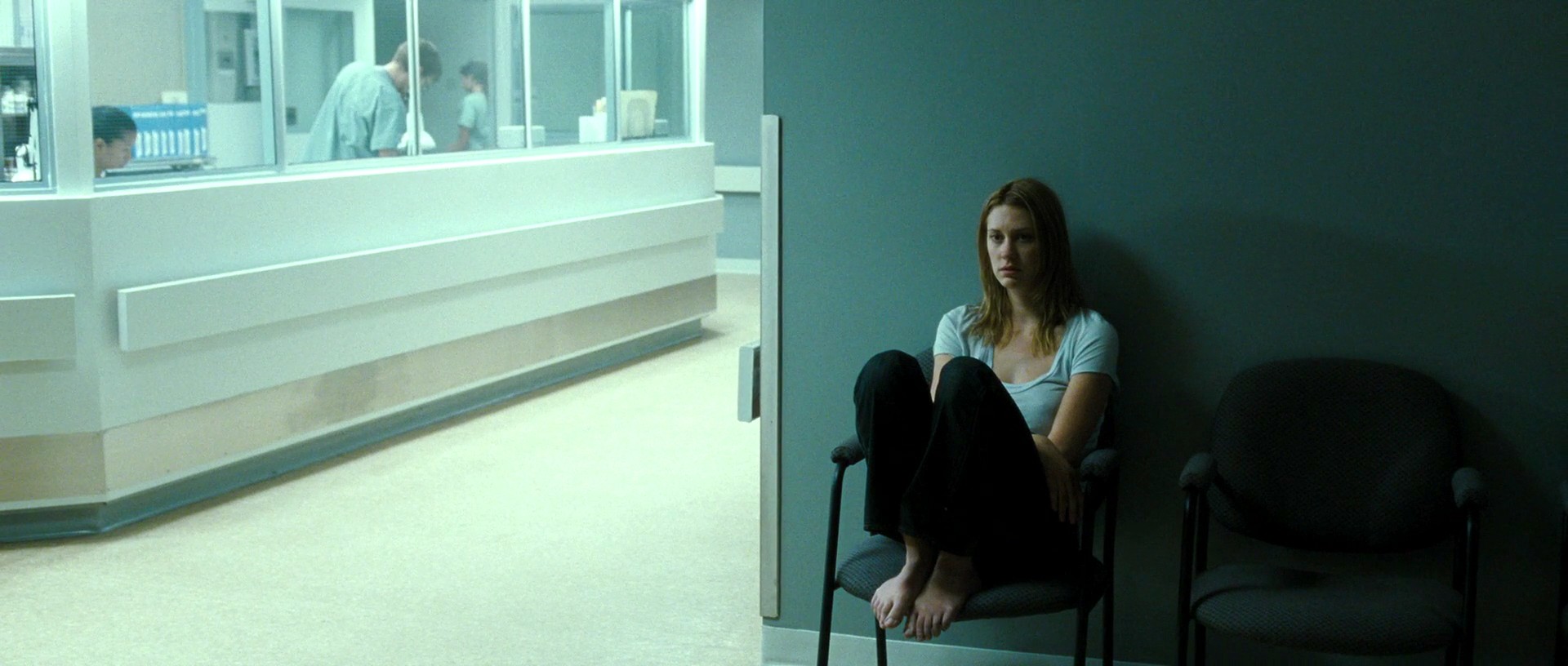
The mechanism of the human mind has always been the center of discussions and a topic of controversy. From ancient Greek philosophers to Freud, mental health has been debated a lot.
There are still many things we don’t know about the functions of the mind, and the general public is often undereducated about the disorders linked to it. Many films try to depict mental disorders and the stigma that comes along with them.
Although fictional movies are not documentaries, and usually what is depicted as a mental illness is not entirely accurate for poetic justice reasons, there are a few films that do educate and raise awareness about such a delicate topic.
Mental illnesses sometimes run in families, suggesting that people who have a family member with a mental illness may be somewhat more likely to develop one themselves. Susceptibility is passed on in families through genetics. Of course, there are other environmental factors that can lead to the apparition of a mental disorder.
Mental illness is often the central topic of a film that enhances other themes, which are going to be elaborated. Below is a list of 20 films in a plethora of genres dealing with mental disorders in various ways.
1. It’s Kind of a Funny Story (2010)
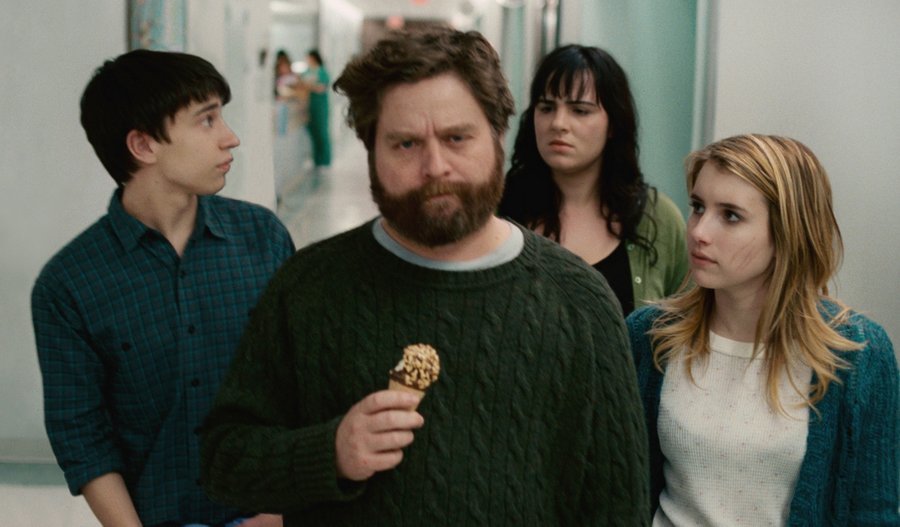
Directed by Anna Boden and Ryan Fleck, “It’s Kind of a Funny Story” is a dramedy based on the homonymous book by Ned Vizzini. The movie follows the story of 16-year-old Craig Gilner, who’s contemplating suicide. He later checks himself in a psychiatric ward acting on an impulse. He is supposed to stay there for a week so they can monitor his depression. His parents were unsuspecting of his mental condition.
In his time in the ward, Craig meets and befriends Bobby, an adult patient who at first sight seems way too funny and normal for a psychiatric ward, but later in the movie we learn that he is depressed as well.
Noelle is a teenage patient who is there for self-harm and takes an interest in Craig. Muqtada is Craig’s roommate, who never leaves the room, or the bed for that matter. All the characters in the ward have different conditions, but the overall ambience doesn’t seem uneasy or forced most of the time.
Craig is suffocated by his everyday life and pressured by his father’s standards; he also envies his best friend Aaron for been so cool and easygoing, even for dating Nia, his crush.
The movie easily blends in humor and sentiment with serious issues related to adolescence. The portrayal of depression is not the most accurate, but it serves the happy ending purposes of an average Hollywood formula.
2. Frankie and Alice (2010)
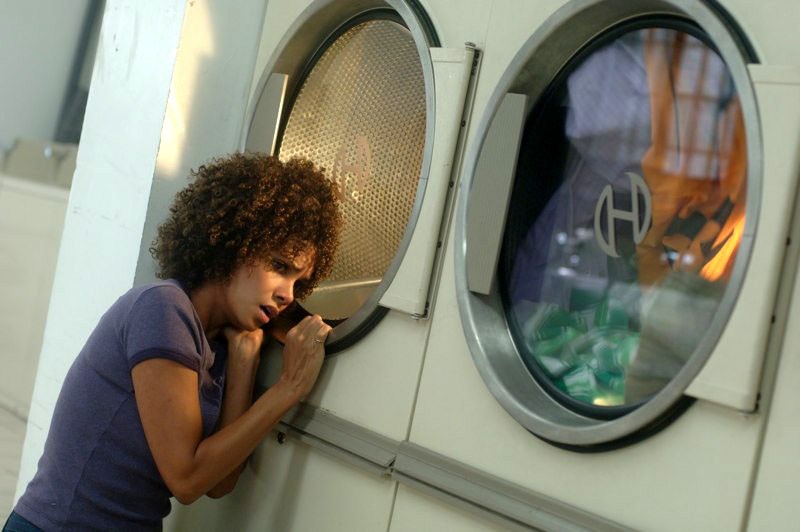
“Frankie and Alice”, directed by Geoffrey Sax, is a drama based on the true story of the go-go dancer Francine “Frankie” Murdoch, a black woman who was severely hindered by multiple personality disorder in the early 1970s.
Frankie has an undiagnosed split personality disorder, which is the aftermath of deeply traumatizing events of her earlier life, which she has been repressing.
Despite being popular in the job she is in, she has sudden extreme outbursts and manic episodes that lead her to a therapist, Dr. Oswald (Stellan Skarsgard), who diagnoses her with dissociative personality disorder. Through the sessions it comes up that Frankie has two alter egos, a kid named Genius and a white racist woman named Alice.
It is often unnerving seeing the intermittently shown alter ego scenes, but it pays off thanks to an excellent performance by Halle Berry. The unveiling of the roots of Frankie’s condition, and the therapy sessions alongside memorable performances by the cast, help to construct a compelling film.
3. Lars and the Real Girl (2007)
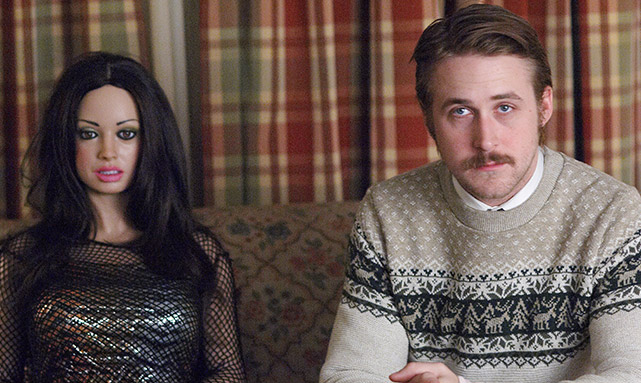
“Lars and the Real Girl” is a dramedy directed by Craig Gillespie. The film follows the story of Lars, a 27-year-old man living on his own, going to church and having a normal job. What is not normal is his relationships with other people. He tries to stay away from his brother Gus and his wife Karin, who are expecting a baby. As the movie moves forward, we learn that his mother died giving birth to him, leaving his father depressed and withdrawn.
Lars buys a sex doll and names it Bianca; he even gives her a backstory and treats her as his girlfriend, causing his brother and Karin to freak out and take him to a therapist.
Lars suffers from schizoid personality disorder. When he is presented with opportunities to form relationships, he avoids them. He doesn’t seem to have much interest in sexual relationships, and he is hypersensitive to being touched, which is a symptom of schizoid personality disorder.
He uses Bianca like a transitioning object, mostly like kids do with their teddy bears or blankets to cope with a current situation and later move on. The entire community embraces Lars’s situation and helps him come to terms with it, treating Bianca as a real girl.
Finally, Lars buries Bianca and is ready to start over with a girl from the office where he works, who has been trying to catch his eye for awhile.
They story is touching and beautifully handled, but the truth is, not many people would act like the people in Lars’s community, and neither would his doctor. Most doctors are not as understanding and would rather prescribe to a patient than work with them to unveil deeper causes. Also, Lars getting over his delusion so soon is maybe an exaggeration, but the film is worth the time on a whole.
4. Wristcutters: A Love Story (2006)
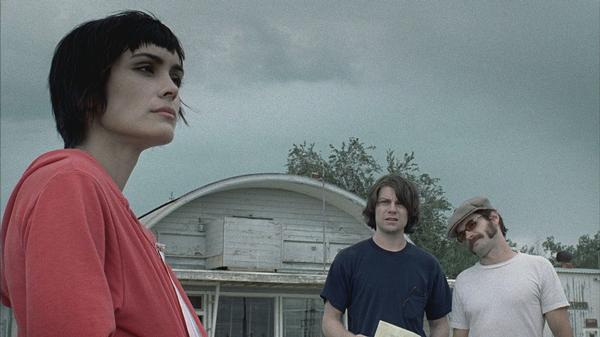
Director Goran Dukić’s film “Wristcutters: A Love Story” is a black comedy that takes place in a weird afterlife limbo for people who have committed suicide. In the early scenes, the protagonist, Zia, is seen deeply depressed in his room, tidying everything up to precision before killing himself.
After that, he finds himself in the afterlife, a slightly duller place than normal life. He works in a pizzeria called Kamikaze and befriends Eugene, a Russian rock star who killed himself onstage. Eugene lives there with his parents and little brother.
When Zia learns that his ex-girlfriend, Desiree, is there as well, he takes Eugene to a road trip in order to reunite with her.
On their way, they pick up a hitchhiker, Mikal, who is there by mistake and wants out. On their way they end up in a commune, where people have strange abilities. Eugene finds a lover and Zia falls in love with Mikal. There is a guy trying to split his soul and body, and Desiree is a devoted follower of his. In the latest scenes, things change for Mikal and Zia and they’re given a second chance.
Mikal had an accidental overdose, which was why she was in this afterlife. In her case, we are talking about substance abuse. Mostly everyone, especially Zia, has major depression.
This particular movie is funny, witty, and dissimilar to anything you’ve seen, with an intriguing theme and irony.
5. Brødre (2004)
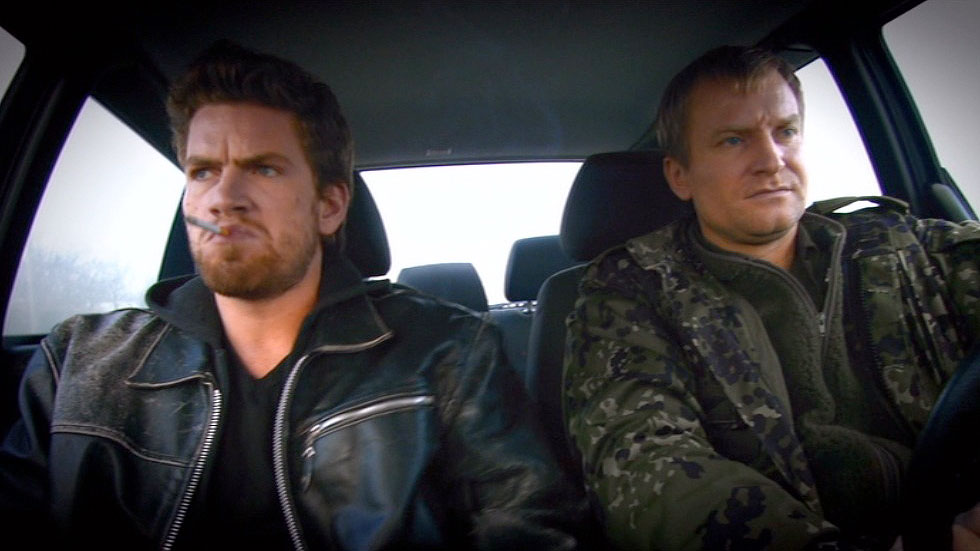
“Brothers” is a Danish drama by director Susanne Bier.
The story revolves around the lives of two brothers, Michael and Jannik. The two of them are stellar opposites. Michael is a family man with two lovely daughters and his beloved wife, Sarah. Jannik has been in jail on a three-year sentence for robbery and assault. The auspicious day Jannik gets out of prison, is also Michael’s last day before he goes on a three-month stint to Afghanistan as a major with the Danish army.
Michael is kept captive and therefore declared dead to his family. Sarah is in an angst about her husband’s death and the responsibility of taking care of her kids on her own. In fact, Michael is told to kill a Danish mechanic in order to get released. When he comes back, he’s a ghost of his former self and suffers the aftermath of the terrible events he has experienced. Jannik takes care of the family, and becomes the man in charge when Michael’s outbursts and manic episodes lead him to prison.
It’s a very accurate tale of how post-traumatic stress disorder hinders former soldiers. It’s also masterfully handled, with the way the brothers switch places and the way their characters’ arcs change; the performances are also all wonderful.
6. Franklyn (2008)
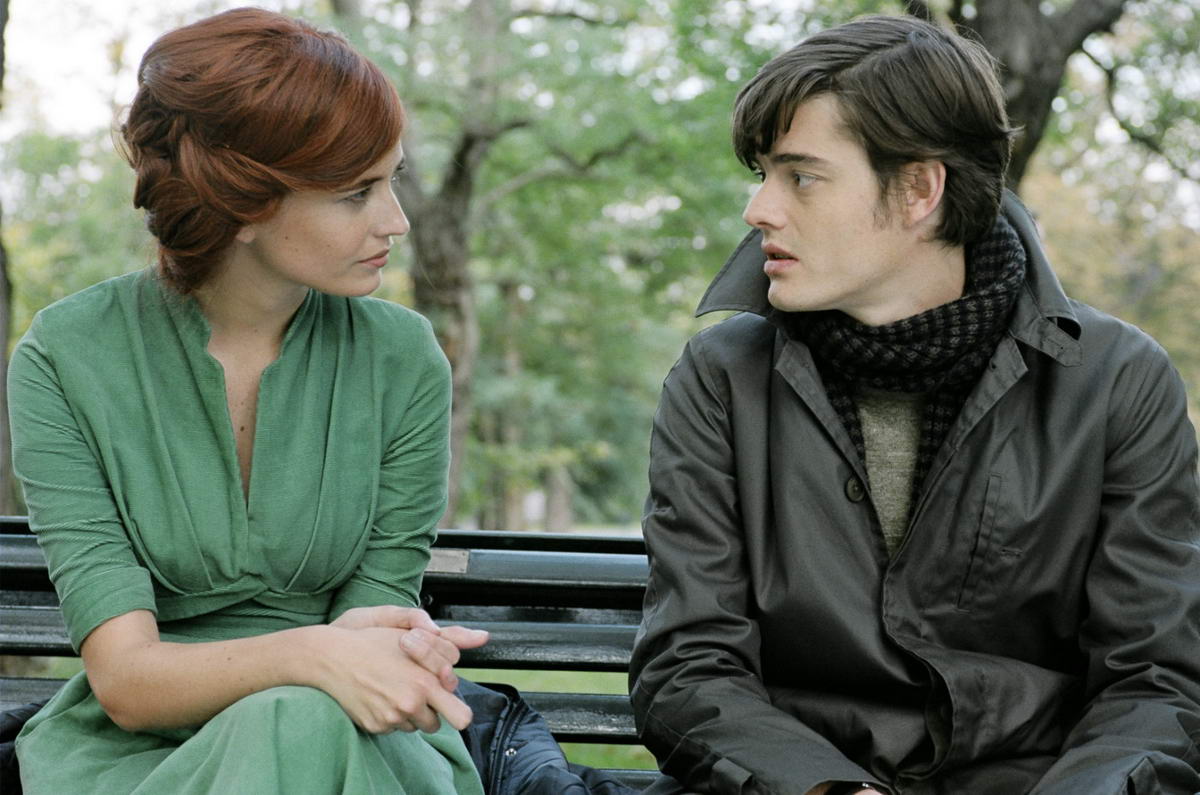
“Franklyn” is the directorial debut of Gerald McMorrow. This is a sci-fi/fantasy film taking place in two locations, modern day London and a parallel world, the murky and snafu Meanwhile City.
There are four central characters. Emilia is an eccentric art student who despises her mother and misses her father. She often commits suicide and films it as a part for her art projects, she has major depression syndrome. Milo is a young man who is recently divorced and thinks he is seeing his childhood love, a redheaded teacher named Sally.
Milo suffers from delusions and hallucinations. Peter is an elderly man looking for his son, David. David has created an entire dimension in his head called Meanwhile City. There, he is Jonathan Preest, a vigilante trying to save a little girl named Sarah. In reality, David suffers from PTSD and schizophrenia due to his sister’s death. At the end of the movie, the characters’ paths entwine in London.
The film has a unique style and feel to it. Although chaotic at times, it’s a tale of great beauty.